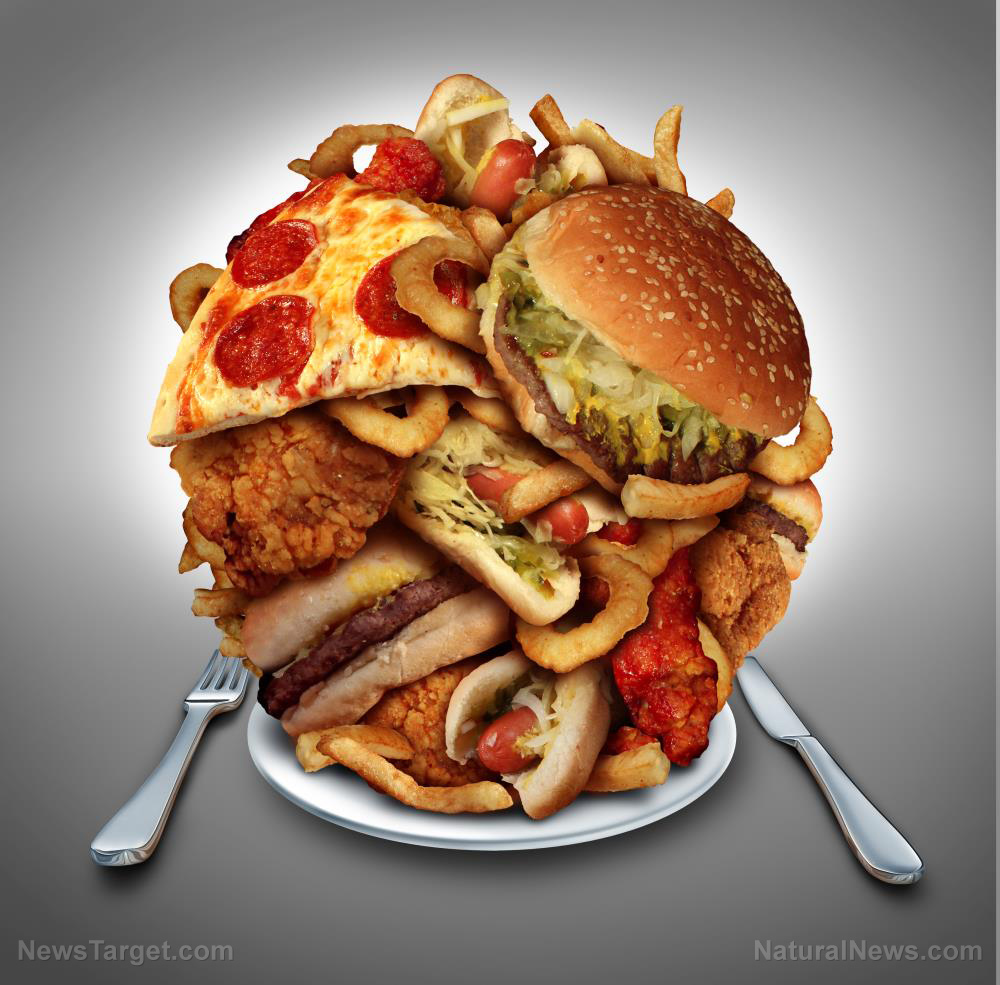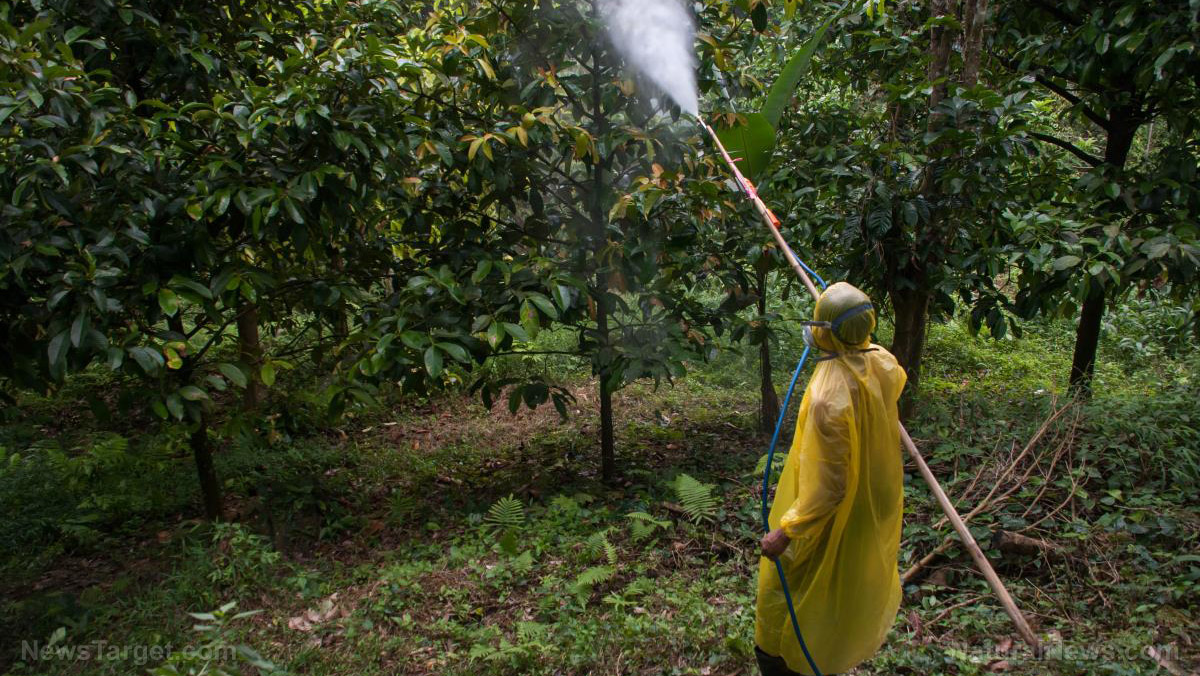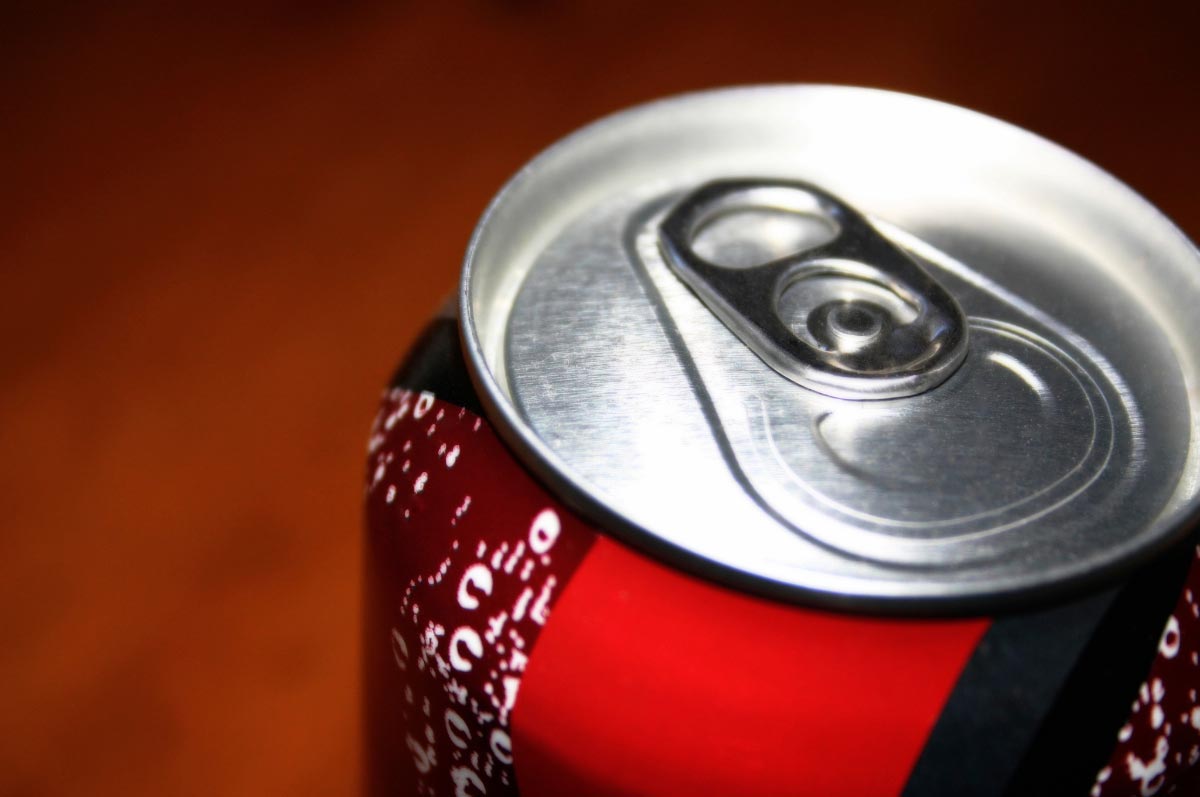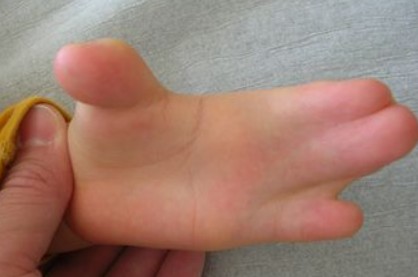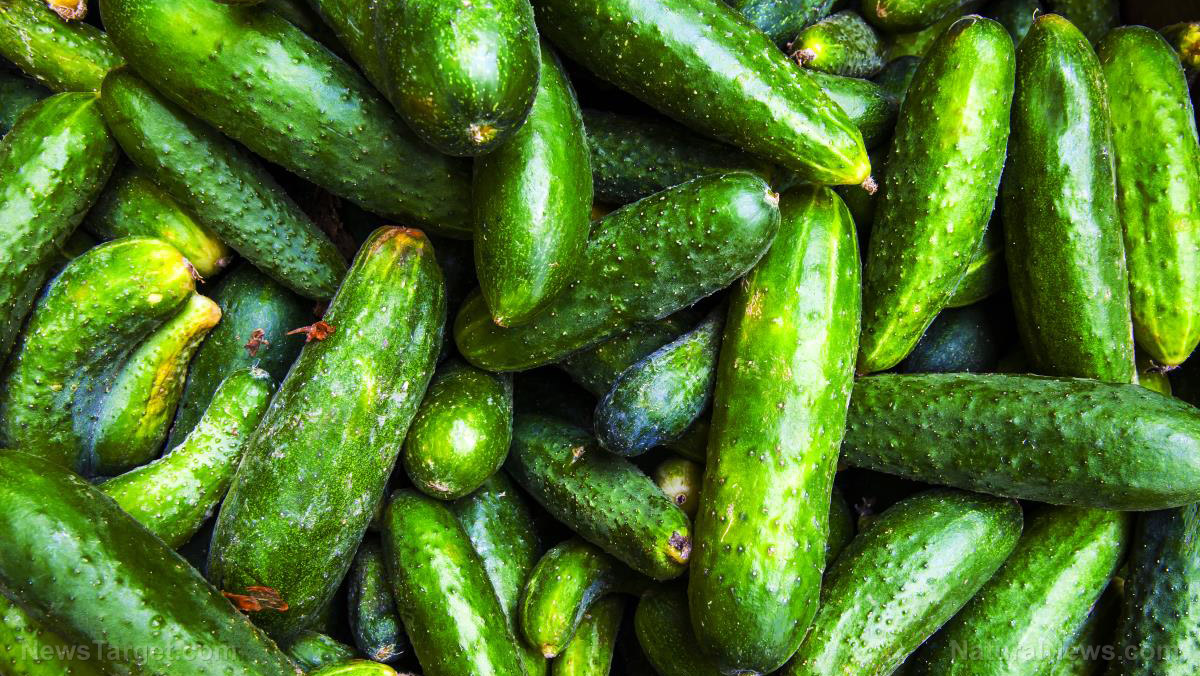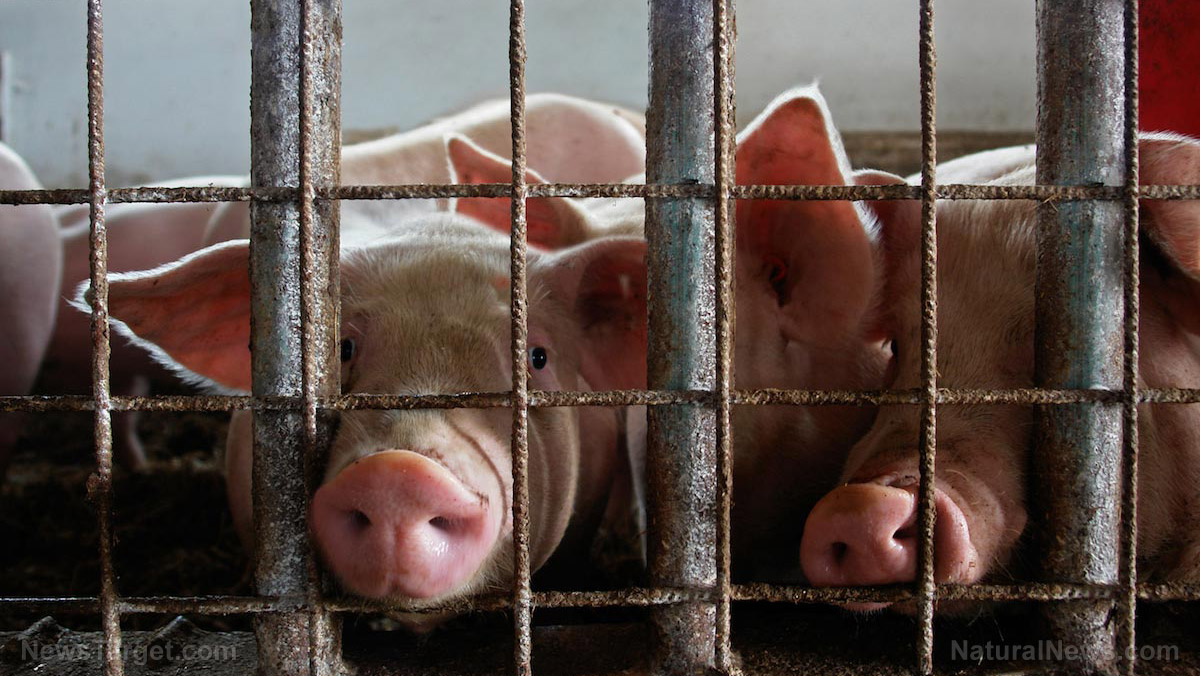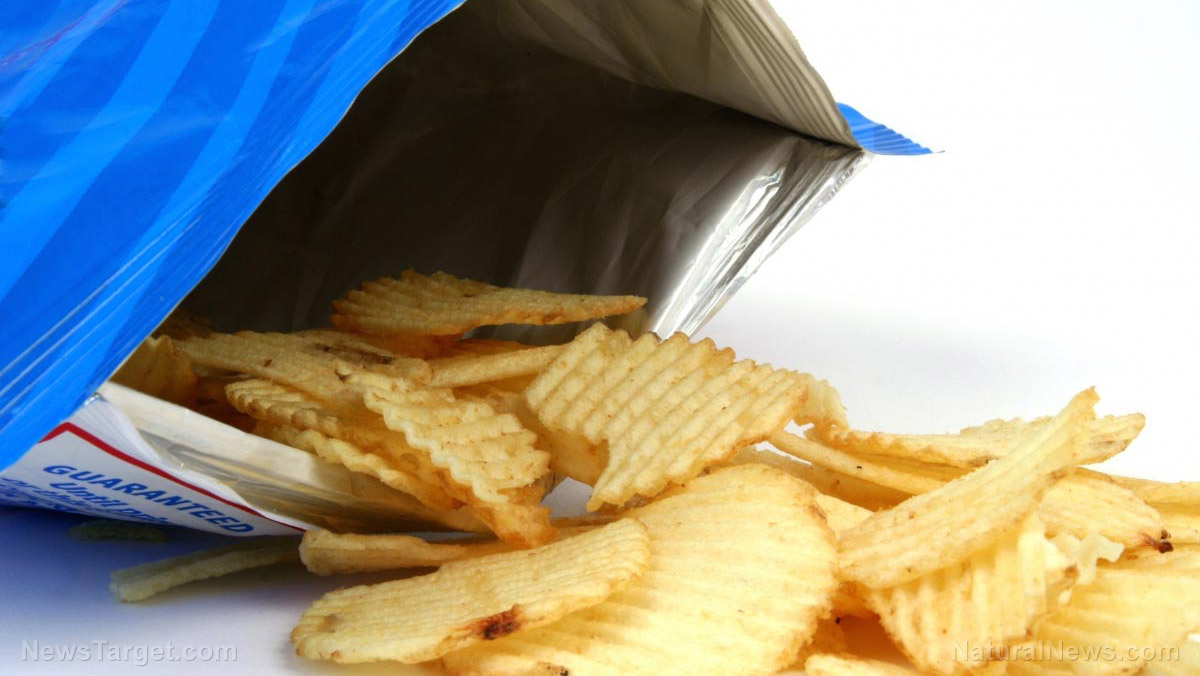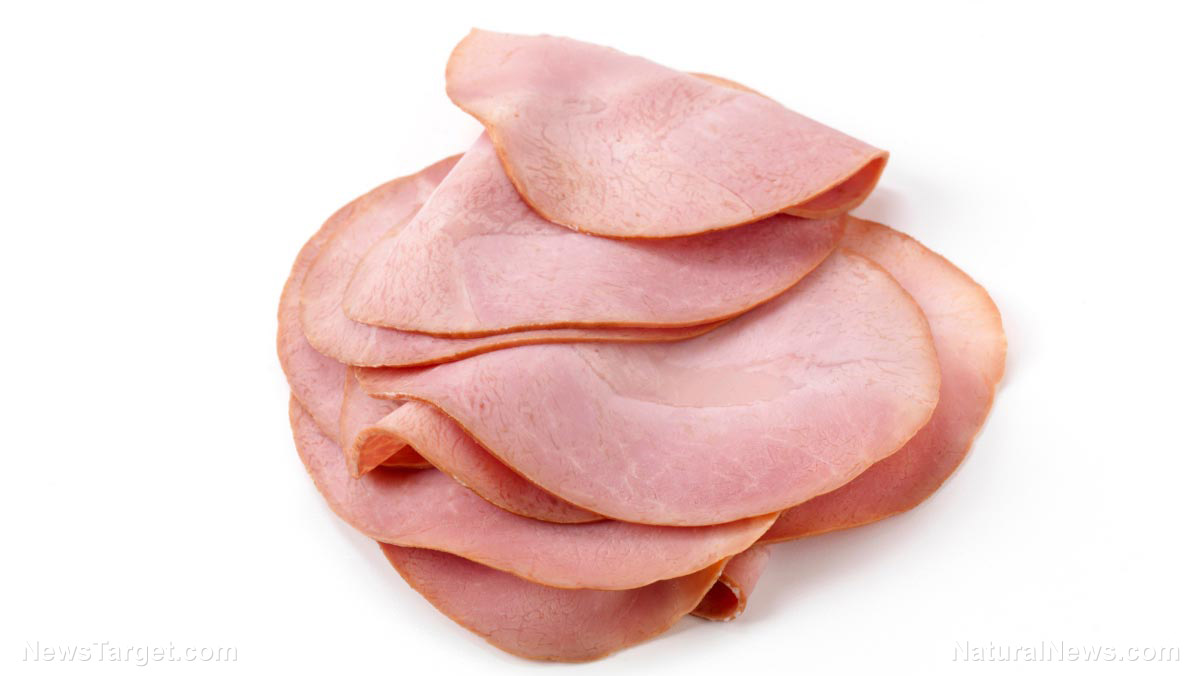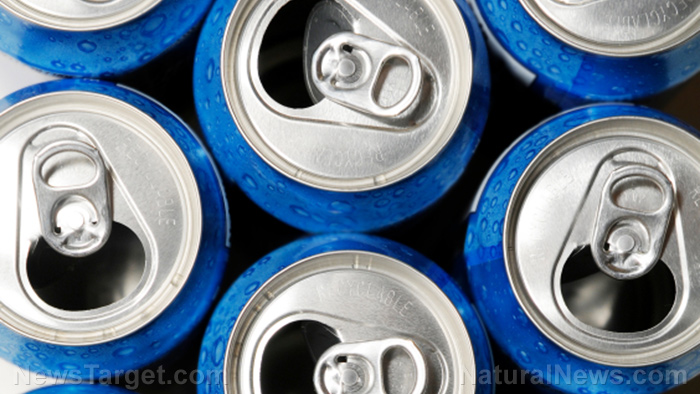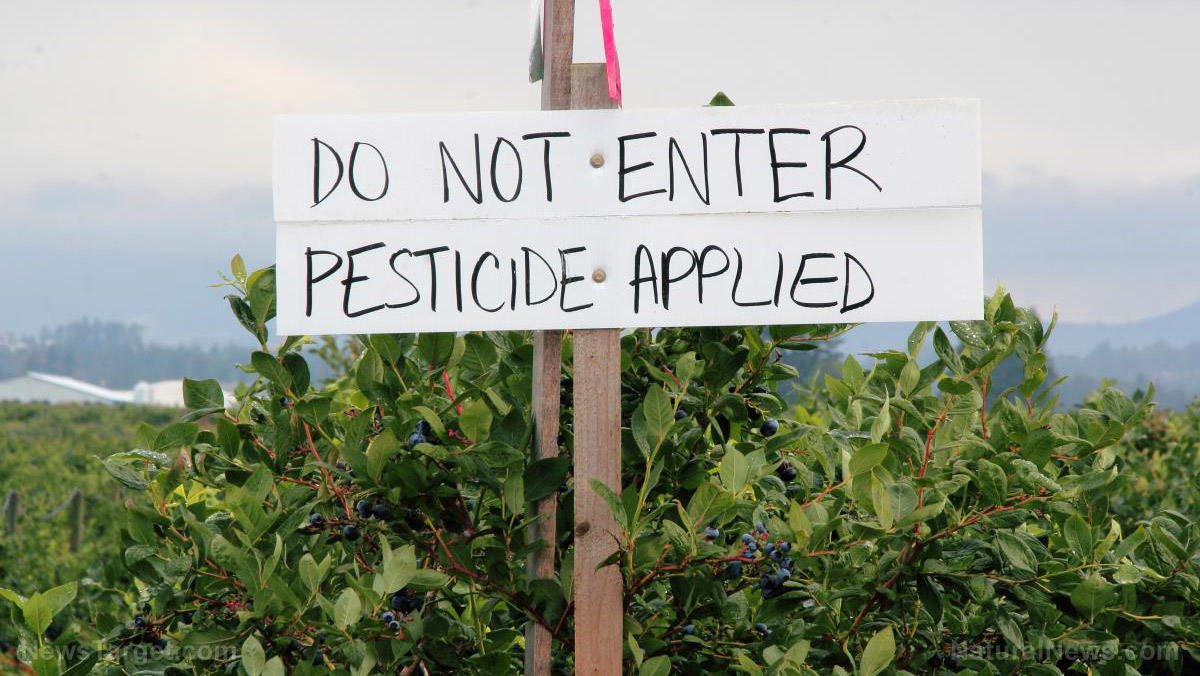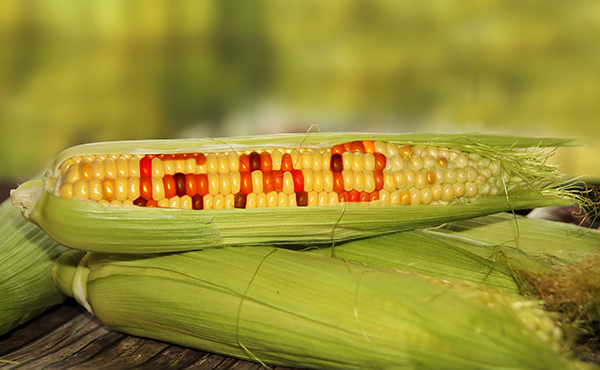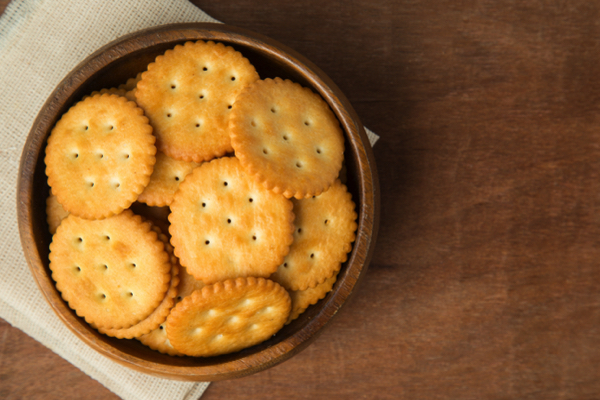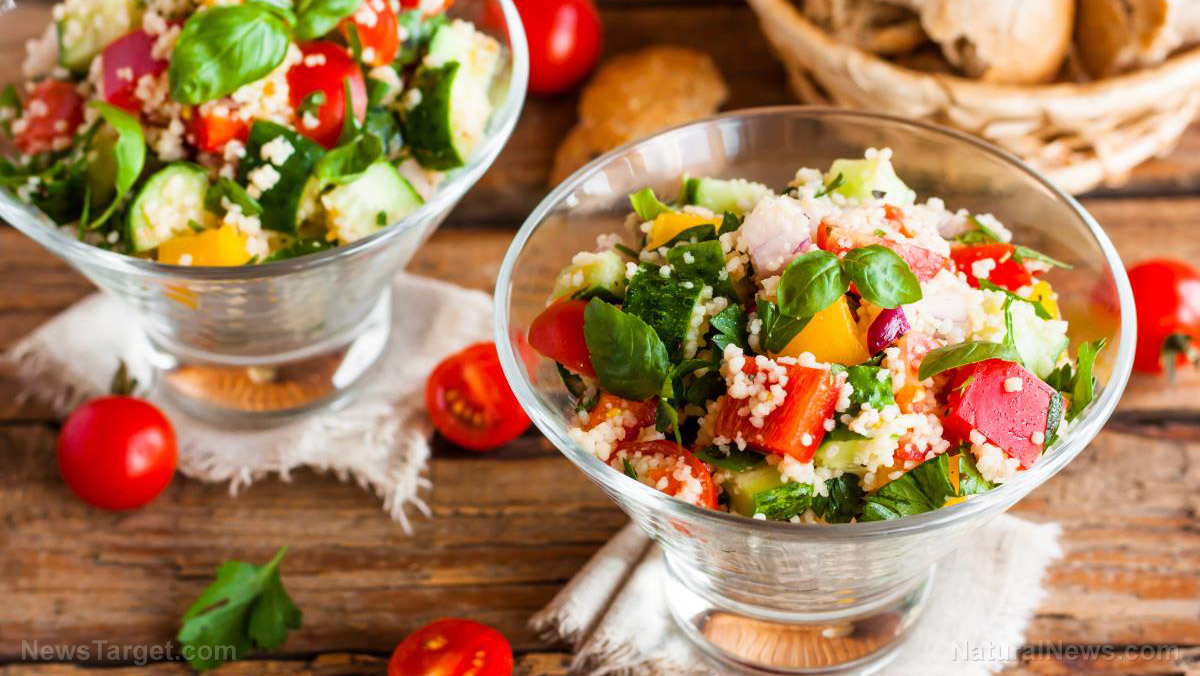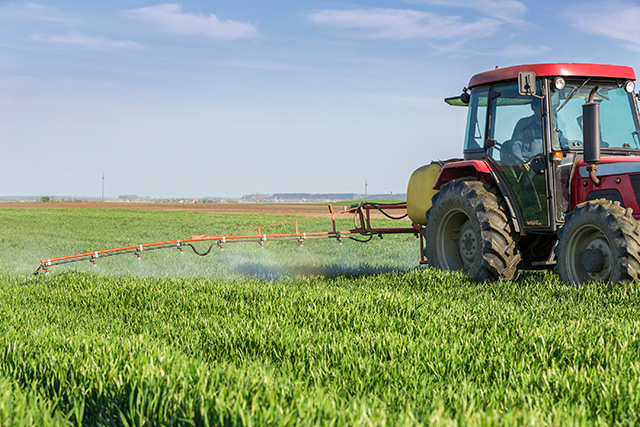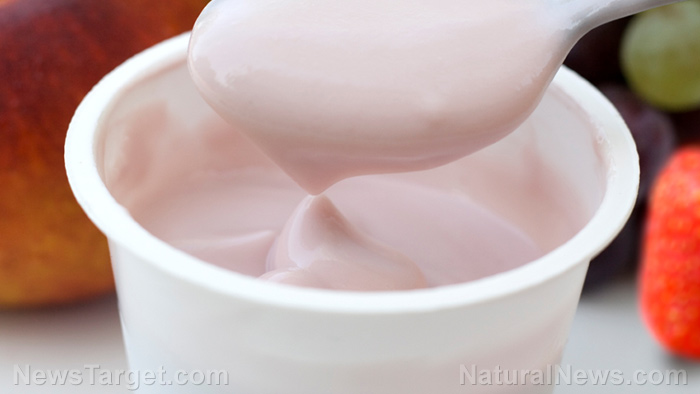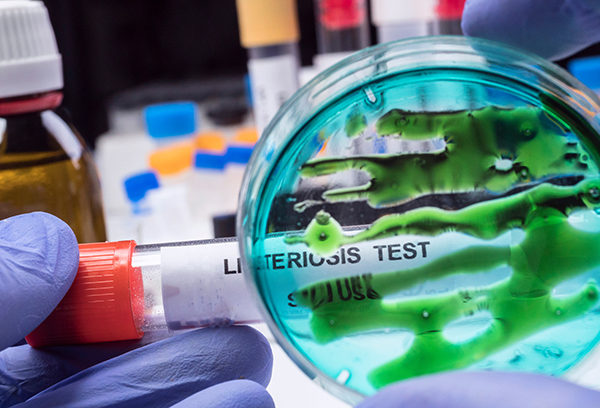The Danone YoCrunch recall: Plastic shards found in yogurt snacks for kids
07/25/2025 / By Olivia Cook
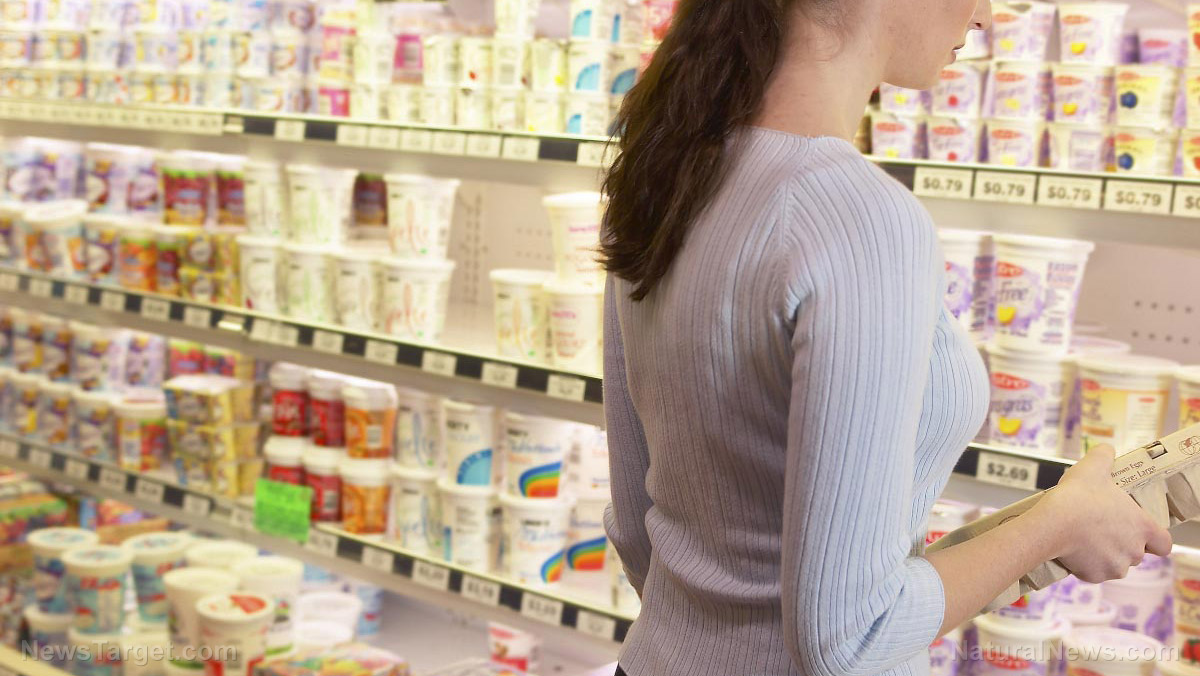
- Thousands of popular Danone YoCrunch yogurt cups were recalled nationwide after sharp, transparent plastic shards were discovered in mix-in toppings like granola, M&Ms and Oreo – fragments that could pose a serious risk of choking or throat injuries.
- A “packaging malfunction,” not the yogurt itself, is reportedly to blame. The defect escaped detection during production and was only identified after multiple consumer complaints.
- While no injuries have been reported to date, the recall affects all 17 flavors and cup sizes of YoCrunch, sold at major U.S. retailers including Dollar General, Target and Walmart.
- Experts say this isn’t an isolated case. Food contamination involving plastic – along with glass, insects, metal fragments, rocks, rubber materials, wood shards and other foreign objects – is on the rise, often linked to over-reliance on automation and weak quality control in modern food packaging systems.
- Consumers are urged to stay vigilant: Check recall alerts regularly, inspect packaging before buying and eating, report any issues promptly and consider opting for simpler, less processed food options when possible.
On July 11, Danone North America, the maker of YoCrunch, issued an urgent voluntary recall of all 17 flavors and cup sizes of their yogurt line. The reason? Sharp, transparent shards of plastic, some nearly an inch long, were discovered in the dome toppers – the part of the packaging that holds crunchy mix-ins like cookie dough, granola, M&Ms, Oreo cookie pieces and Snickers.
The company pulled every variation of YoCrunch sold across the United States, including those found in stores like Dollar General, Target, Walmart and major club retailers. While no injuries have been reported so far, the recall wasn’t prompted by internal inspections. It began when consumers themselves found the plastic fragments while opening their snacks.
YoCrunch is known for its playful snack-style packaging – creamy yogurt topped with candy, cookies or granola in a neat dome. But a closer look revealed a deeper risk: sharp, transparent plastic fragments about 7 to 25 millimeters long lodged in those mix-ins toppers. Those shards are hard to spot and could easily cause choking or throat injuries.
The root of the problem wasn’t in the yogurt itself, but in the automated packaging line. A malfunction allowed pieces of packaging materials to slip into the product, entirely undetected until consumers began submitting complaints.
This kind of contamination isn’t unique or a one-off mistake. A recent study published in Environmental Pollution in 2024 found microplastics in 88 percent of protein food samples tested like chicken nuggets, fish sticks and even plant-based meals – suggesting that equipment and packaging materials themselves are contaminating our food.
As automation expands in food production, speed may outpace safety, leaving gaps that can end up in our meals. And the more complex the packaging, the more points of failure.
Why this matters (even if you don’t eat yogurt)
Physical contamination in everyday foods involving glass, insects, metal shards, plastic, rubber, wood and even rocks is on the rise. They are documented incidents tied to weak quality control and a heavy reliance on machines over human oversight. (Related: Breakfast cereal RECALLED over metal fragments found in the products.)
The YoCrunch recall matters because it shows how even well-known, family and kid-friendly brands can miss their mark. And that has consequences.
Who’s most at risk? While anyone can be affected, certain groups face more danger:
- Children, whose smaller airways make them more susceptible to choking.
- Older adults, who may have trouble swallowing or noticing a foreign object in what they eat.
- People with disabilities, who might rely on others to prepare their meals.
- Busy families, who don’t have the luxury to inspect every bite as they juggle multiple responsibilities.
The power of the everyday consumer
This recall wasn’t discovered during a factory test or a corporate audit. It was regular people who caught the issue first and spoke up. Without those reports, the tainted products might still be sitting on shelves today.
Being a smart consumer doesn’t mean overhauling your diet, giving up your favorite foods or living in fear. It just means paying a little more attention. Here are a few habits that can help keep your household safer:
- Look before you eat. Get in the habit of examining packaging, especially items with complex compartments, such as mix-ins, condiments or layered snacks. Warped lids or cloudy domes can be a red flag.
- Check recall alerts. Visit the website of the U.S. Food and Drug Administration (FDA) for their recall notifications. You’ll be surprised how many everyday items get pulled from shelves.
- Opt for simpler packaging when possible. Fewer compartments often mean fewer things that can go wrong with your food.
- Educate the people around you. Talk to your kids, parents or roommates about what to watch for. Building food awareness into your household can prevent unnecessary health issues.
- Speak up and report problems. Don’t toss a faulty product in silence. Your voice can stop a wider outbreak.
A wake-up call
Danone says it is fixing the issue and plans to bring YoCrunch back and restock shelves safely once the packaging problem is resolved. That’s a good step, but let’s not wait for the next recall to start caring about what we eat and asking questions.
Because the truth is, food safety shouldn’t rely on luck or headlines. It should be baked into the system long before something reaches your cart. And while you can’t control every step of food production, you can control how closely you pay attention – and how loudly you speak up when something seems off.
Your role in the system matters more than you might think. Being informed isn’t being paranoid. It is being smart.
Watch this video about preventing physical contamination.
This video is from the Daily Videos channel on Brighteon.com.
More related stories:
How four types of contamination keep sneaking into food.
Pollutants and contaminants affect food supply from farm to plate.
Canned beef stew RECALLED nationwide over wood fragments.
Sources include:
Submit a correction >>
Tagged Under:
choking hazard, clean food watch, consumer awareness, Dangerous, Danone, discoveries, food safety, food science, food supply, frankenfood, grocery, plastic shards, Product recall, products, stop eating poison, toxic food, YoCrunch yogurt
This article may contain statements that reflect the opinion of the author
RECENT NEWS & ARTICLES
StopEatingPoison.com is a fact-based public education website published by Stop Eating Poison Features, LLC.
All content copyright © 2018 by Stop Eating Poison Features, LLC.
Contact Us with Tips or Corrections
All trademarks, registered trademarks and servicemarks mentioned on this site are the property of their respective owners.


